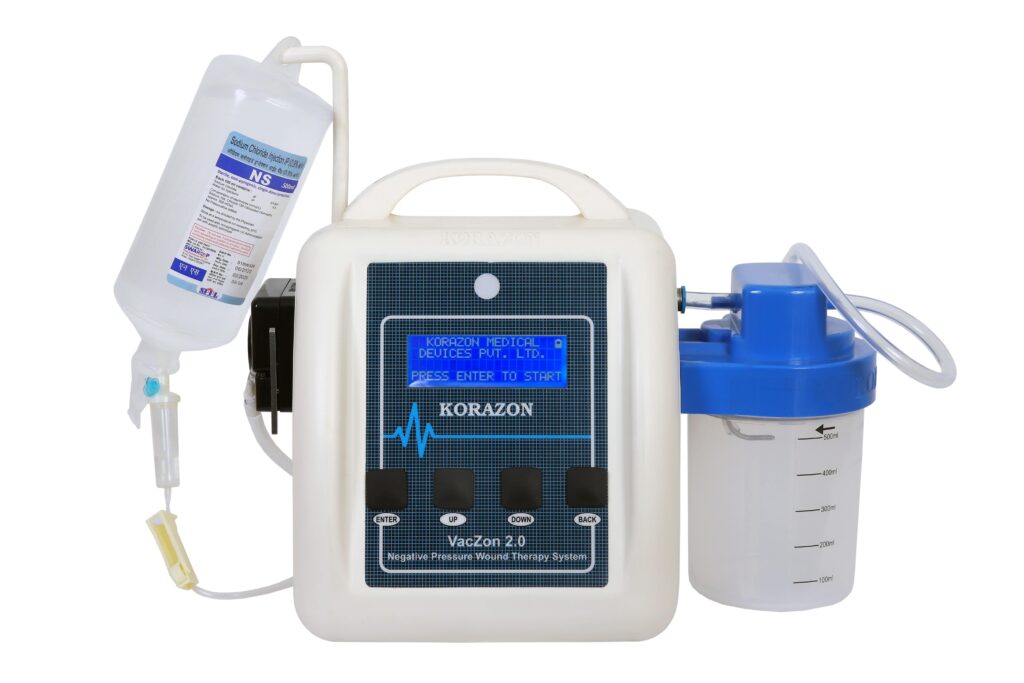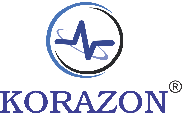
Recent advancements in Vacuum-Assisted Closure (VAC) therapy, also known as Negative Pressure Wound Therapy (NPWT), include:
- Enhanced Pressure Settings: Modern VAC systems offer a wider range of pressure settings (e.g., from -40mmHg to -200mmHg) to tailor the therapy for different wound types and stages.
- Disposable and Portable Options: Disposable VAC devices, both battery-operated and mechanical, are available for smaller wounds, offering convenience and portability.
- Silver-Impregnated Dressings:Silver-impregnated sponges and fabrics are used to reduce bacterial colonization and infection rates.
- Antimicrobial Drapes:Antimicrobial adhesive drapes help seal wounds and prevent bacterial entry, especially in difficult-to-seal areas.
- Low-Cost Alternatives:Studies have explored low-cost alternatives to commercial VAC systems using devices like pressure stabilizers and gauze dressings, demonstrating comparable effectiveness and reduced costs.
- Clinical Guidelines:Updated guidelines emphasize the importance of proper patient selection, wound assessment, and understanding the principles and limitations of NPWT.
- Mode of Pressure:Intermittent, continuous, and variable pressure settings can be used, with continuous pressure being more common due to better patient tolerance.
